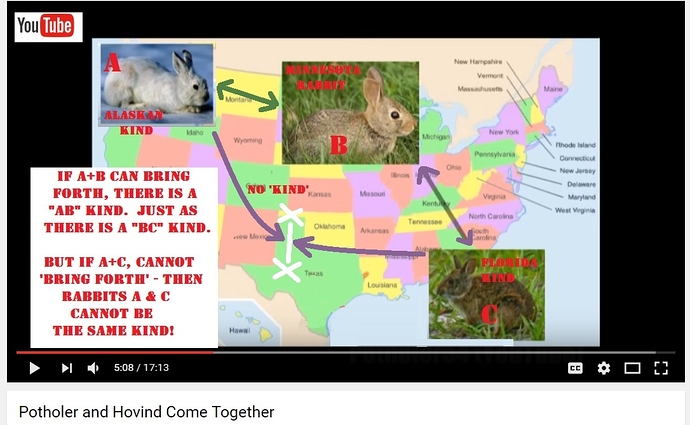It seems that in lists of things in cuneiform literature, and notably animals, there was no concept in mind of natural kinds at all. One of the most basic divisions was into “domestic” and “wild”, and further sub-divisions were a matter of convenience and, particularly, of function.
For example, wild oxen were classified with elephants and camels rather than with oxen as such. My source (Rochberg 2017) also describes a motley range of things classified under “pigs” which she interprets as indicating “what people did with pigs, and what pigs were for.”
Now Genesis isn’t a Babylonian list, of course, but the above is interestingly parallel to John Walton’s assertion that the creation account is functional, rather than scientific, in purpose, and especially with respect to its function for mankind. As far as the kinds actually mentioned for land animals in Genesis go, there are only three: wild animals, domestic animals and “creeping things”, which Walton makes a good case for saying represents “wild herd animals used as prey” (and also, cf the Noachic covenant, those hunted for food, ie game animals).
So my suspicion is that Genesis is basically showing God’s abundant continuing provision of those three kinds (ie after the wild, the domestic and the wild-herding kinds), though perhaps also implying all the different beasts known to its original readers as making up those kinds, eg lions, leopards, crocodiles, snakes and maybe scorpions etc under “wild”; cattle, sheep, domestic rodents, etc under “domestic”; and ibex, wild cattle, hyrax, maybe even locusts under “herding creatures”.
Even if all that were not so, the use of “min” for any assertion beyond the obvious fact that life comes from life and breeds true and abundant in very diverse forms seems to me one of the more illogical tenets of late-20th century Creationism, since it makes a very sensible literal understanding of a Genesis word into a speculative and contentious one with no parallel in the ancient world of that time.
